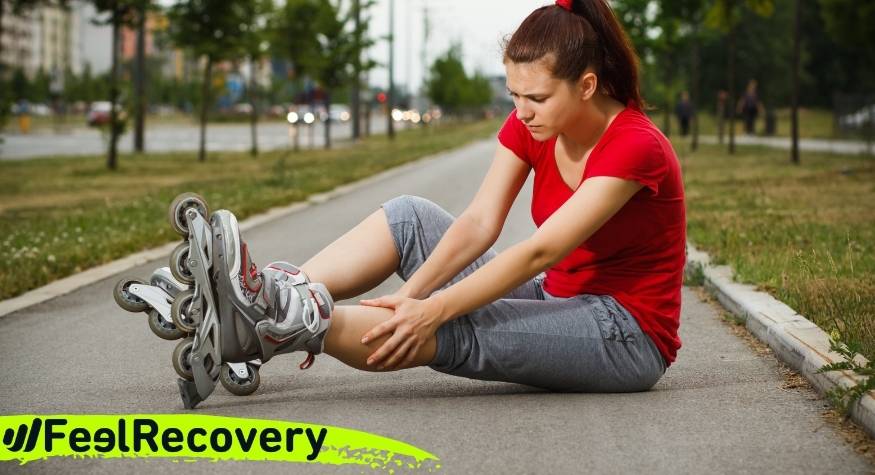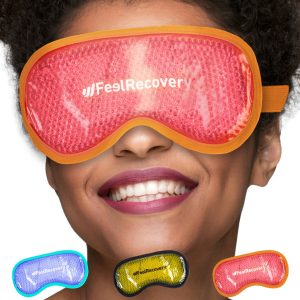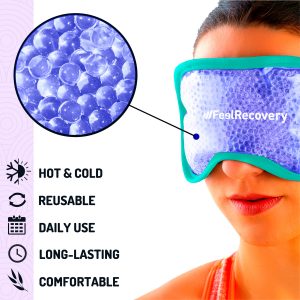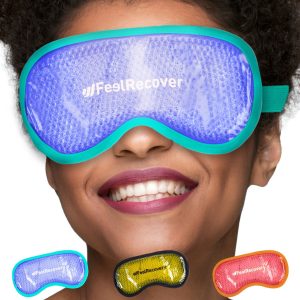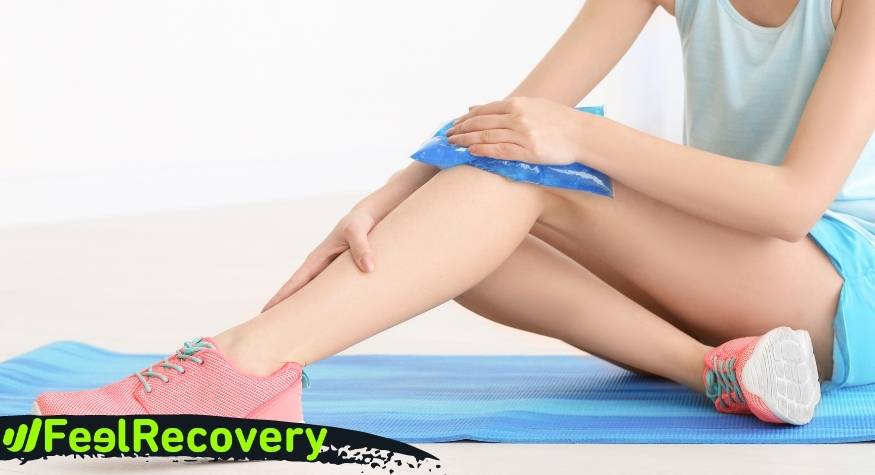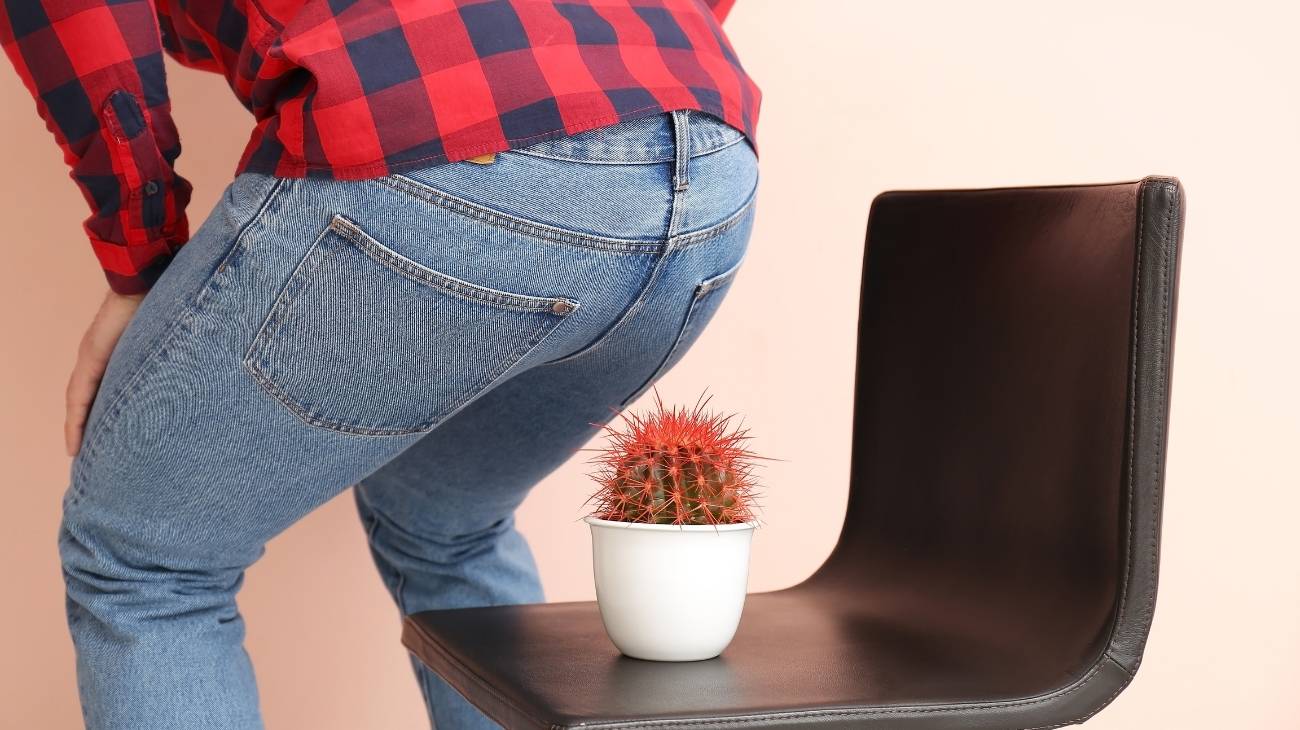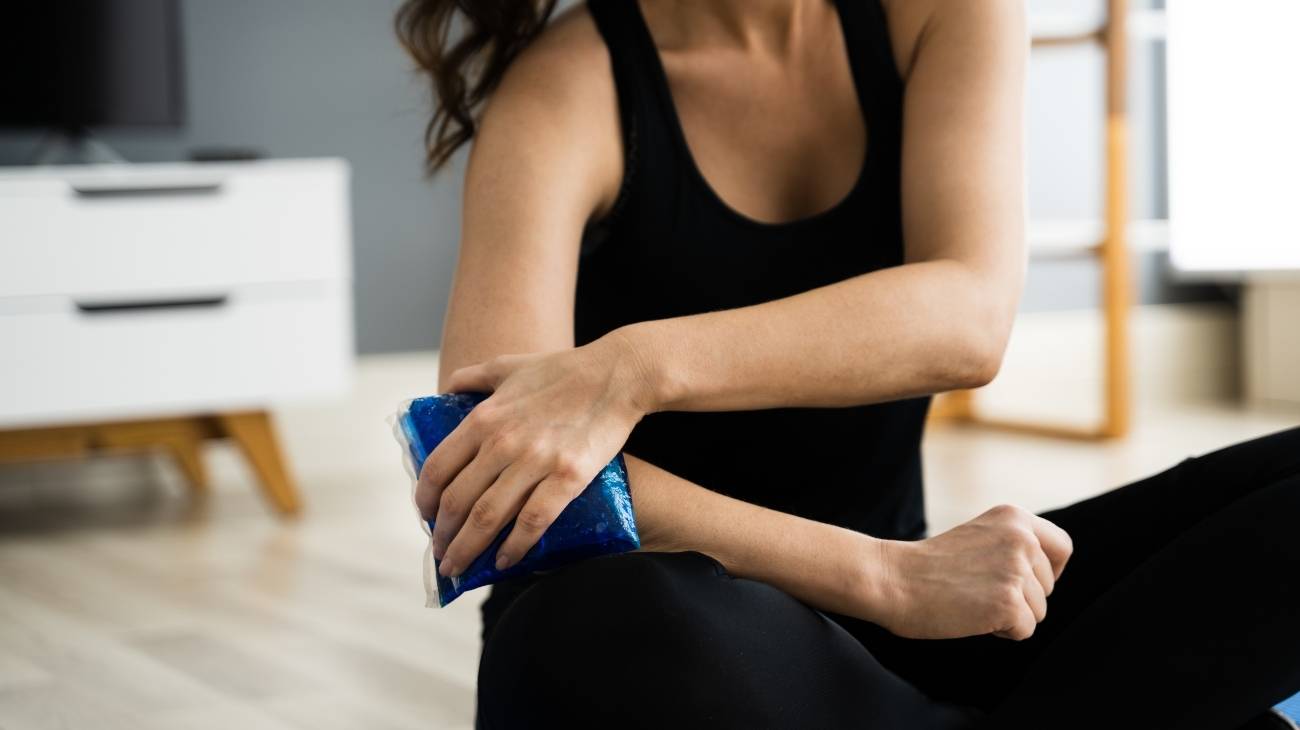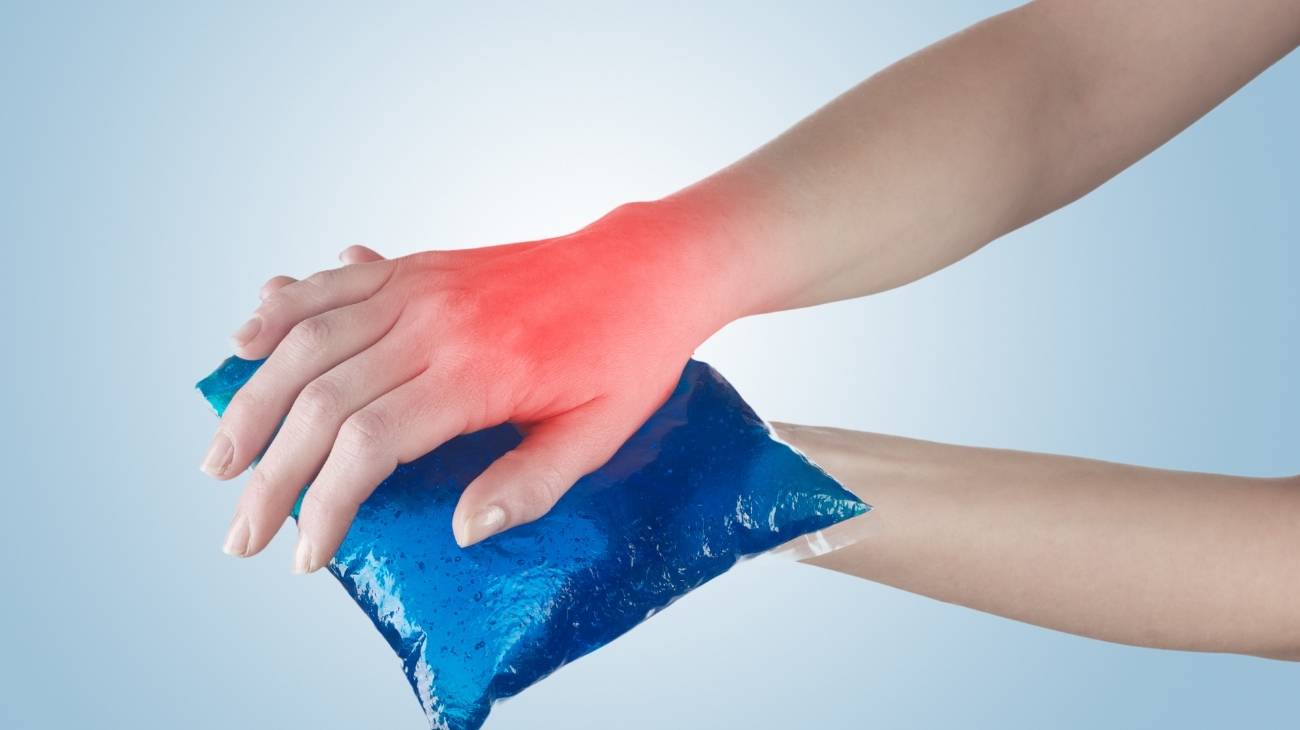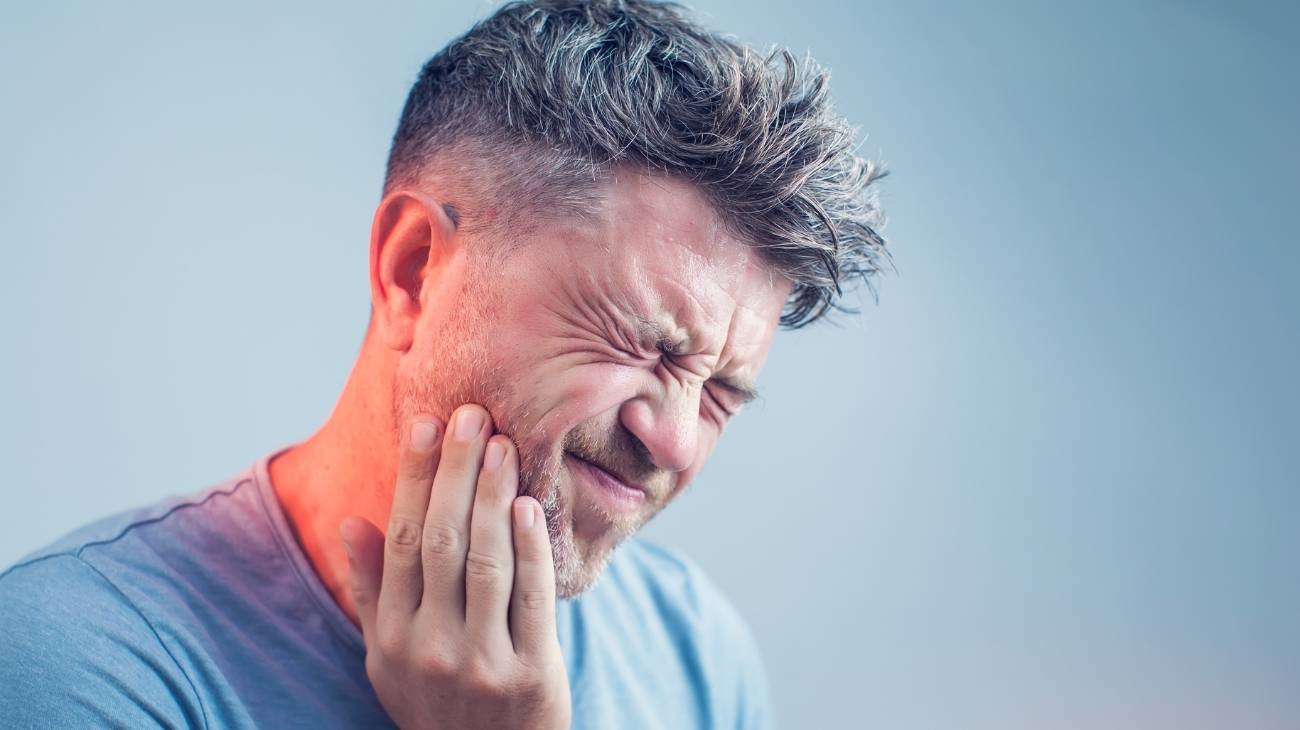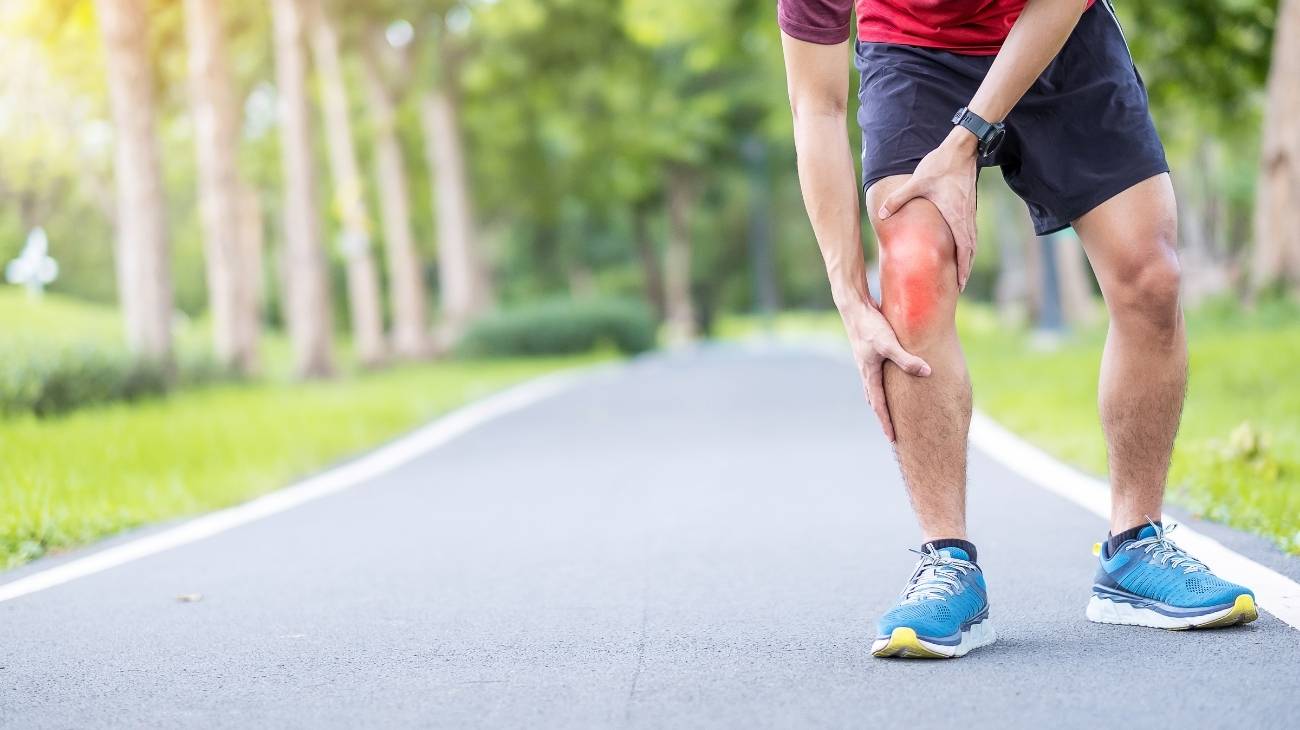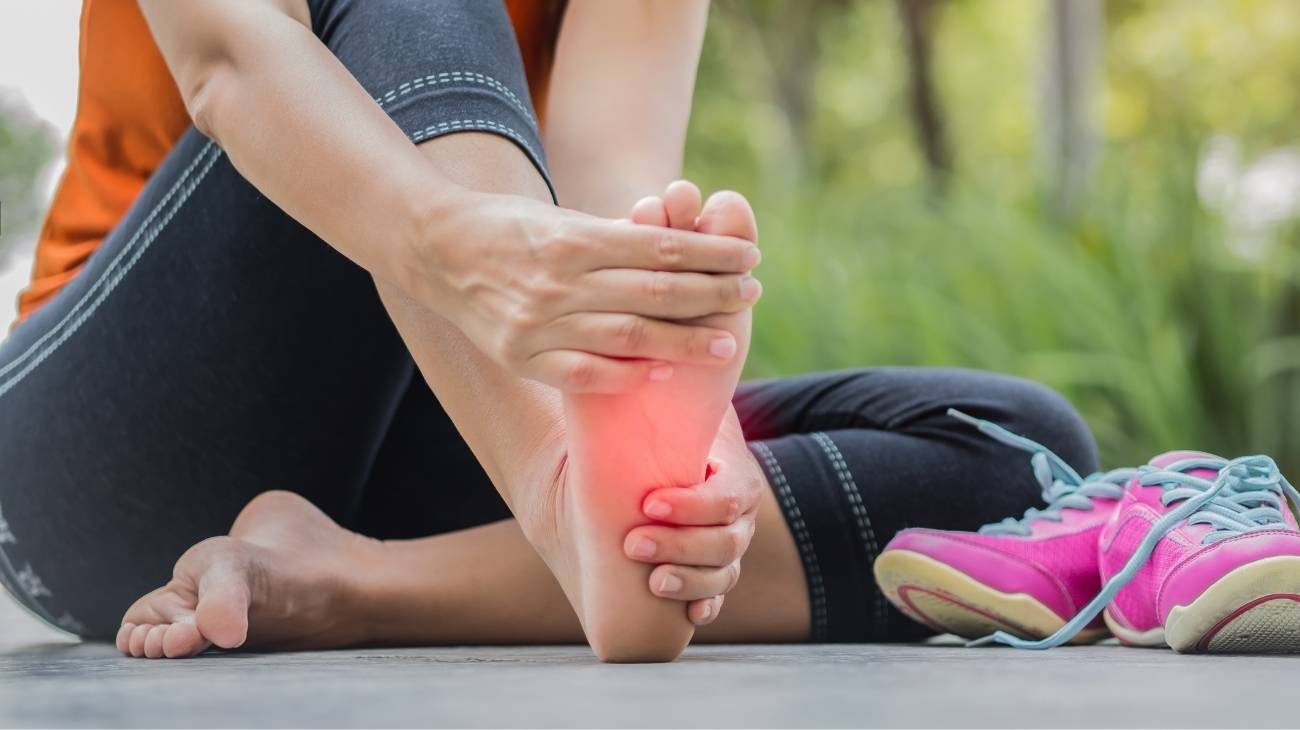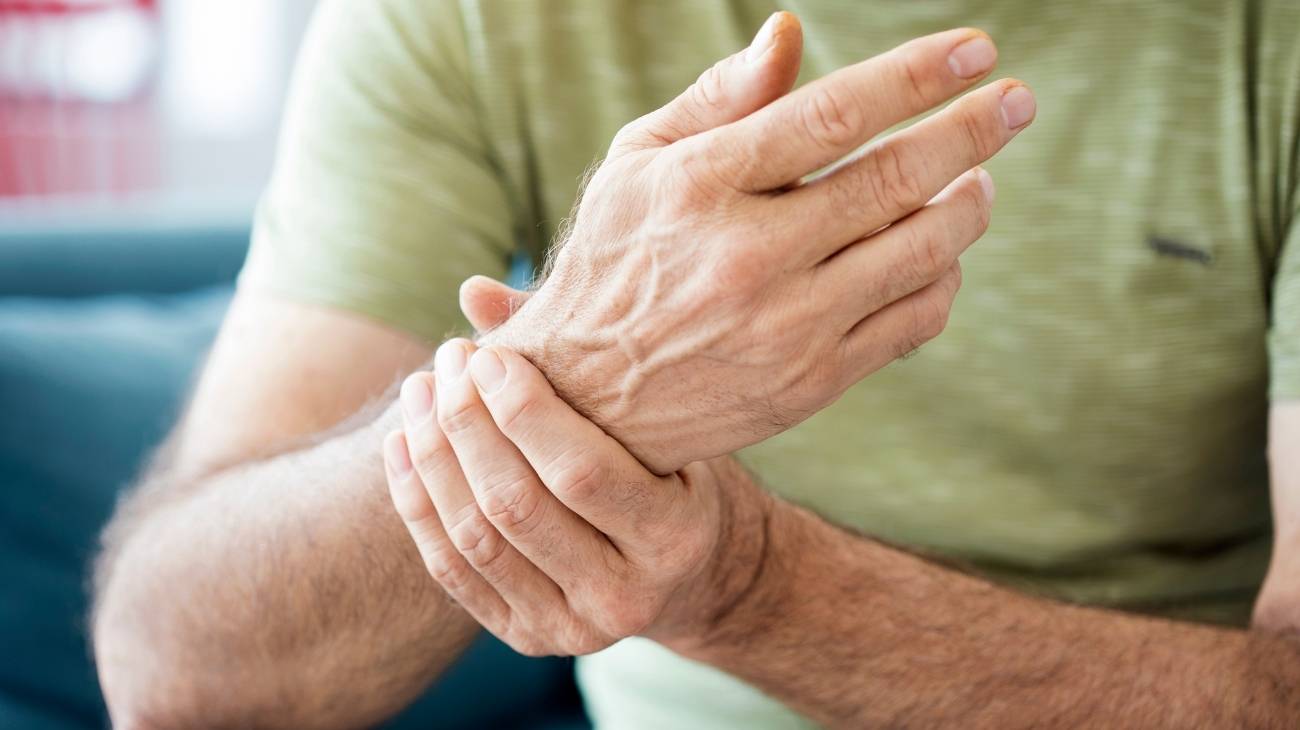- What are the most common sports injuries that we can treat with thermotherapy?
- At what point in an injury is it best to apply cold, heat or contrast therapy?
- How are hot and cold therapies performed correctly to recover and reduce inflammation in sports injuries?
- How to use gel ice packs for hot or cold and reduce inflammation in sports injuries?
Using hot/cold gel packs for recovery from inflammation in all types of sports injuries can be extremely effective. Especially in various muscular conditions and injuries induced by intense physical activity that generate stiffness, pain and swelling.
However, first of all, we want to talk about the most common sports injuries and how to treat them correctly with cold, heat and cold/hot contrast therapy. Stay with us and find out about all the details.
What are the most common sports injuries that we can treat with thermotherapy?
We are aware that practising sport is vital to our health, as it keeps us active and healthy. Not only is it good for the heart, it is also ideal for maintaining healthy breathing, maintaining and developing muscle strength, among others. However, incorrect movement, stumbling, falling or hitting could lead to sports injuries.
Applying thermotherapy to sports injuries is indicated for the second and third phase of an injury (healing and remodelling). The heat facilitates the healing process from the formation of new tissue and scar tissue. However, its effectiveness will depend on whether the initial pain and inflammation have diminished.
That is why we want to talk to you about the most common sports injuries, so that you can get to know them and prevent them:
Strains
It is produced by using the muscle and tendons a lot during an exercise or game. On a muscular level, all moving parts are susceptible to stretching or over-moving, generating tearing, damage and pain. Among the most common are hamstrings, quadriceps tears, and groin muscle. However, the best way to avoid them is to warm up and stretch before an intense sporting activity.
Sprains
A sprain occurs when the ligament is rotated incorrectly, pulled and consequently torn. The most common in athletes and sportsmen is sprained ankle, followed by sprained knee, wrist and elbow, among others. Having good technique in the sport you practice, warm up and stretch will help avoid them.
Tendinitis
Tendinitis is caused by inflammation of the tendon caused by excessive repetition of a certain movement. If not treated correctly, tendonitis can lead to other injuries such as lateral epicondylitis, medial epicondylitis or patellar tendonitis.
Cartilage damage
Some sports practices such as basketball and tennis can cause meniscus tears or cartilage damage. This sports injury occurs when pivoting on the knee, as it increases the risk of injuring the meniscus.
ACL injury
This is a tear in the anterior cruciate ligament (ACL). This is caused by sudden movements when stopping abruptly, landing with a strong impact or changing direction, as this ligament is torn. The symptoms that are generated after an ACL tear are snapping or crackle, intense pain and swelling.
Knee injuries
After a sporting activity, the knee suffers a lot of impact and wear, producing different injuries. Some of the most common are dislocations, fractures, muscle tears and anterior cruciate ligament tears. A knee injury could be very painful and debilitating and even require surgery to correct it. Again, having good technique and posture in the sport you practice, combined with warm-up and stretching will help prevent them.
Leg splints
Runners and sportsmen who increase their exercise rate very quickly often suffer from a shooting pain in the front of the leg. However, special care must be taken in the diagnostic phase, as these symptoms are often mistaken for a stress fracture or bone overload.
Fractures or broken bones
Bone fractures or breaks occur in strenuous or high-impact sports, especially in the legs, arms and feet. They are characterised by intense pain, immobility and some will require surgery to correct them. Also, you should avoid playing if there is pain, as pain is a manifestation of a strain or sprain. If it is not treated correctly, the bone will be vulnerable to fracture.
Pulled groin
A sudden change in direction could result in a pull of the groin, the muscle on the inside of the thigh. In this type of injury, it produces acute pain, internal bruising of the thigh and swelling. This usually occurs in athletes who participate in disciplines such as football, football, hockey, basketball and similar sports.
Tennis elbow
A very common injury among tennis players, golfers and other sports that require high physical effort at the elbow. This effort is generated by repeated movements over a long period of time. For this reason, it is recommended to keep a rhythm, warm up and stretch before the day and take breaks.
Sciatica
Those who play golf, tennis, cycling, running or other disciplines that encourage inadequate stretching are likely to suffer pain in the path of the sciatic nerve. The path of this nerve branches off from the lower back and runs to the hips, buttocks and legs.
Leg cramps or plantar fasciitis
Plantar Fasciitis is another common repetitive sport injury in football players, basketball players, runners, among others. High impacts when running, stopping, starting or dodging quickly generate hyperactivity in feet and legs. This, combined with inadequate support causes an inflammation in the arch tendon of the foot, generating a sharp pain in every step.
Back injuries or back pain
Most sports activities generate stress on both the back and the spine. This usually causes disc injuries and pain in the lower and upper back. The best way to avoid them is with good techniques according to the discipline being practiced. Also, keeping the back muscles strong and flexible with regular low-impact activity.
Bestseller
-
Gel Eye Mask for Puffy Eyes (Gold/Black)
$11.95 -
Gel Eye Mask for Puffy Eyes (Orange/Pink)
$11.95 -
Gel Eye Mask for Puffy Eyes (Purple/Turquoise)
$11.95 -
Ice Pack for Foot - Cold Therapy Socks (Black)
$24.95 -
Ice Pack for Foot - Cold Therapy Socks (Green)
$24.95 -
Ice Pack for Foot - Cold Therapy Socks (Pink)
$24.95
At what point in an injury is it best to apply cold, heat or contrast therapy?
Although we are all prone to injury, athletes are even more likely. This is possible because their bodies are subject to rapid and sudden movements as a result of intense physical activity.
Cold, heat and contrast therapy play a key role in managing the pain and inflammation of these injuries. Its effectiveness is demonstrated in pain control, reduction of inflammation and improvement of recovery time.
But when is it better to apply cold, heat or contrast? We'll tell you about it below:
When is it better to apply cold?
Cold is ideal for treating pain in injuries induced by intense physical activity. It is a natural analgesic that acts by numbing the injured area, slowing down the pain signals that are sent to the brain. Cryotherapy is also very effective as an anti-inflammatory, as it manages to decrease the blood flow in the injured area, reducing swelling.
Applying cold is also part of the RICE method, a very useful acronym that means:
- Rest.
- Ice.
- Compression.
- Elevation.
However, the effectiveness of cold increases when it is applied early, before the first 48 hours after an acute injury. Also, it is indicated in chronic lesions whenever there is a case of outbreak, as otherwise it would increase rigidity.
Also, cold should be applied to treat tendonitis, back and neck pain. Similarly, in the case of sensitivity, reduced joint movement and for the prevention of delayed onset muscle pain (DOMS).
When is it better to apply heat?
Heat has a very positive effect on treating sports injuries, especially those that generate muscle pain and discomfort. Thermotherapy acts by dilating blood vessels while increasing blood flow in the injured area, thus relaxing the muscles. It is therefore highly recommended for treating arthritis, joint stiffness, strains and muscle pulls.
Applying heat is also indicated in the elimination of lactic acid waste, resulting from anaerobic exercise. This by-product accumulates in the muscles and causes pain. Also, heat therapy is applied to treat muscle spasms in the back. Above all, because it generates an analgesic and relaxing effect on tense muscles.
It is also ideal for increasing the range of movement of the joints after an injury. Some of the most common include sprained ankles, elbows, wrists, thumbs and knees, and fingers, grass fingers, among others.
In acute injuries, heat should be applied once swelling has subsided. But, for athletes, applying heat is very effective before exercise as it increases flexibility and range of motion to avoid injury.
When is it better to alternate hot and cold?
Medical specialists and physiotherapists recommend heat and cold contrast to control and decrease pain from injury. A newly injured muscle should be treated with the combination of cold and heat. Cold will help to reduce swelling. Heat, on the other hand, will help reduce pain, contribute to healing and relieve muscle stiffness after the inflammation has subsided.
After a sports injury, alternating hot and cold generates a "pumping" action in the circulatory system. First, it restricts the circulation in the injured area with the aim of reducing swelling, then it increases the circulation in this area. This pumping action is associated with a light aerobic activity, so it is indicated for the recovery of sports injuries that prevent the generation of movement.
This temperature contrast makes possible a faster recovery from pain and improves the range of movement. However, this type of therapy is recommended in injuries with maturity of 1 or more weeks, when the application of cold and heat alone has not had any effect.
Also, cold/heat contrast therapy is indicated in lumbar pain, which combined with pharmacological treatment helps to reduce pain and discomfort.
How are hot and cold therapies performed correctly to recover and reduce inflammation in sports injuries?
Heat and cold therapies are applied to recover and reduce inflammation in sports injuries, but what is the timing protocol to apply them correctly? Take a look at the following information where we tell you:
Protocol for applying cold therapies to sports injuries
After a sports injury, the protocol for applying cold is indicated within the first 48 hours of the injury, especially to increase its effectiveness.
Within this time it is recommended:
- Apply cold gel-filled compresses to the inflamed area for 20 to 30 minutes per session. Supervise the injured area every 5 minutes to ensure that everything is OK and to avoid damage to the skin.
- The cold source should be applied once an hour.
- The process can be repeated from 2 to 5 times a day.
- It is recommended to apply cold using this protocol at least 3 days in a row.
Protocol for applying heat therapy to sports injuries
The protocol for applying heat to sports injuries will depend on the severity of the injury:
- In minor injuries such as back strain or muscle pain, heat can be applied for 15 to 20 minutes.
- More severe injuries require from 30 minutes to 2 hours to be more beneficial.
- The process can be repeated up to 3 times a day with 1 hour intervals. Except when the specialist indicates otherwise.
How to use gel ice packs for hot or cold and reduce inflammation in sports injuries?
The use of gel ice packs for hot or cold is indicated to reduce sports injuries, but do you know how to use them? If your answer is no, take a look at the following to find out what you need to know:
Use in cold
For safe use of cold gel packs in sports injuries you should consider the following aspects:
- You must have previously frozen the gel pack, at least 2 hours before use if you want to obtain better results.
- Check that the temperature is right to the touch.
- Place the cold gel pack on the injury. This process will be very safe, as our gel packs come with a soft-touch cover included. However, with other commercial brands you should read the indications, as it will depend on each manufacturer.
- The exposure time to cold should not exceed 20 minutes.
- You can combine cold with elevation of the affected area.
- Once the session is over, the compress should be returned to the freezer.
- Repeat the cryotherapy sessions 2 or 3 times a day.
- You can do this for 3 days in a row.
- It is important to supervise the injured area every 5 minutes when putting on the compress. Remove it immediately if you notice any redness or discolouration.
- Do not use cold before exercise.
- Avoid cold therapy if the person has poor circulation or diabetes, open wounds, sutures or infected wounds. Also, in people with diminished sensitivity to cold such as the
Hot use
Depending on the type of sports injury you will need to apply heat to reduce pain and promote healing. However, to ensure the effectiveness of heat therapy the following recommendations should be applied:
- Heat the gel pad in a microwave for 30 seconds if the power of this appliance is 800 W. For other powers, the time should be adjusted before achieving the appropriate one.
- Touch the hot gel pack to ensure that it is at a temperature that is tolerable to the touch.
- Massage the gel with your hands to distribute the heat evenly.
- If it is not too hot, repeat the process for 10 more seconds in the microwave.
- To heat the gel pack on the cooker you will need to boil approximately 3.5 litres of water. Then, remove from the heat.
- Soak the gel packs for a maximum of 7 minutes.
- Remove and dry the gel pack with a blunt piece of pizza.
- Check that the gel pack is not overheated before placing it in contact with the lesion.
- Do not heat the gel pack in the oven.
- Do not place the gel pack after physical activity, if the injured area is numb or if there is an open burn or wound.
- Nor if there is a fever or heat stress.

